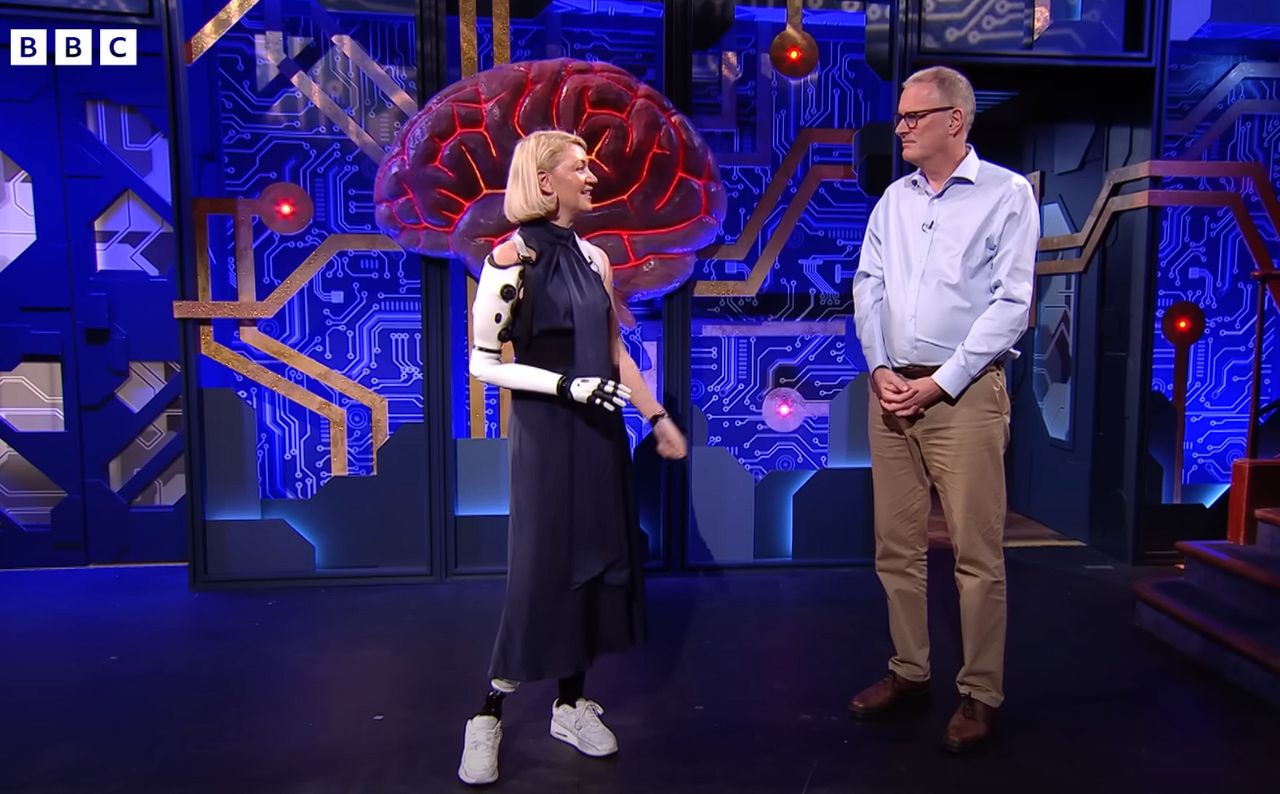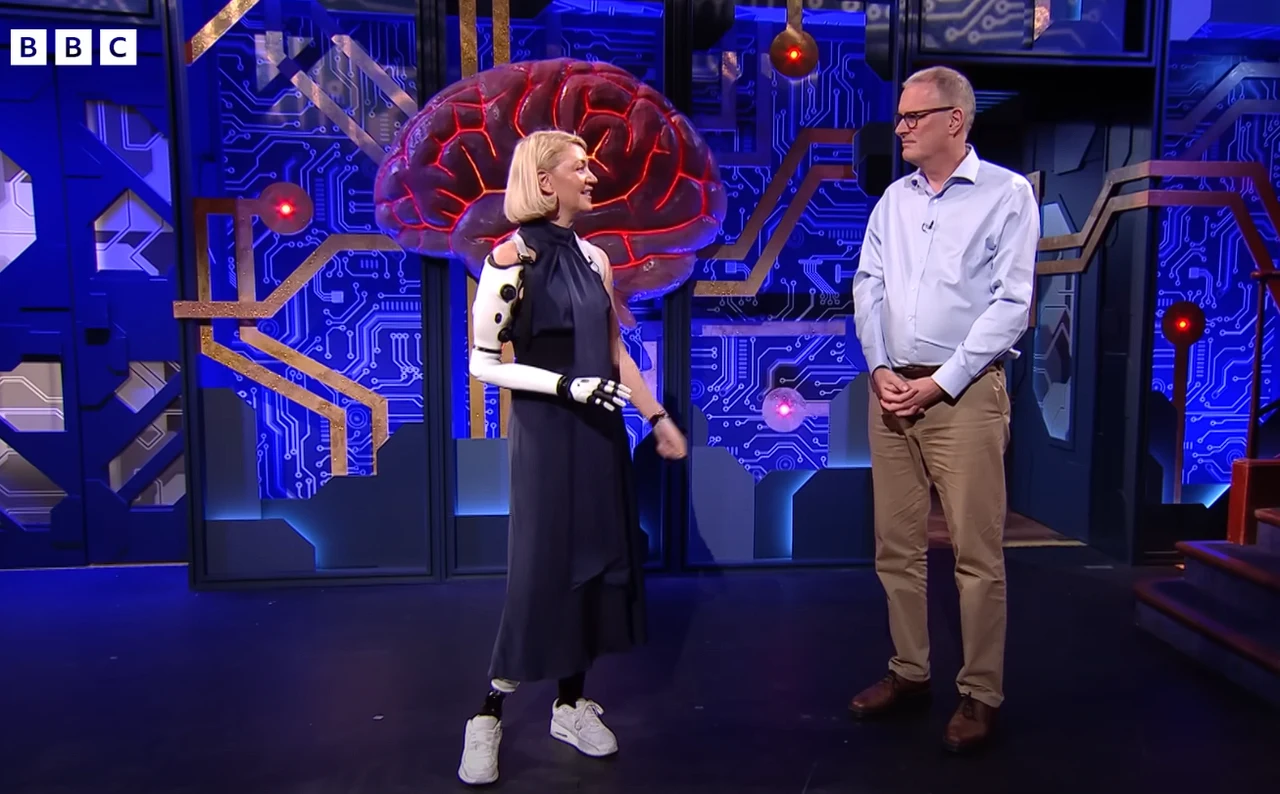[ad_1]

Se espera que el iPhone SE 4 se lance en varios mercados a finales de este año como sucesor de la tercera generación. iPhone SE Que llegará en 2022. En los últimos meses han aparecido en línea varios detalles filtrados sobre el supuesto teléfono, incluido su diseño, conjunto de chips y posible calendario de lanzamiento. Ahora, se han vuelto a filtrar detalles del procesador del teléfono inteligente, junto con un posible chipset en el iPad de 11.ª generación (o iPad 11). Se espera que la próxima generación de iPads incluya actualizaciones de las versiones actuales de los modelos iPad Air y Pro.
Especificaciones del iPhone SE 4 (esperado)
los comunes iPhone C4 ya se hizo Propensión Estará alimentado por un chipset interno A18 Bionic con soporte para hasta 8 GB de RAM. Se espera que sea compatible con Face ID además de las funciones de Apple Intelligence. Últimos rumores sobre Mac un informe Afirmó, citando una cuenta privada de X, que el supuesto teléfono de Apple probablemente tendrá un procesador con el ID T8140.
Esta identificación se utiliza en los conjuntos de chips A18 y A18 Pro, pero dado que el iPhone SE 4 es un dispositivo de costo relativamente bajo, es más probable que obtenga el chip A18, más asequible. El informe no especifica la fuente de la filtración, pero dice que tienen un “buen historial de compartir información relacionada con iOS” con “errores ocasionales”.
Especificaciones del iPad 11 (esperado)
Citando la misma fuente anónima, MacRumors Reclamos En un informe separado, se espera que el rumoreado iPad 11 cuente con un procesador con ID T8120, que es compatible con el chipset A16. Este SoC se encuentra en iPhones de generaciones anteriores, incluidos iPhone 14 Pro, iPhone 14 Pro Max, iPhone 15y iPhone 15 Plus.
Anteriormente, Mark Gurman de Bloomberg sugerido El iPad (undécima generación) vendrá con funciones Apple Intelligence. Afirmó que los supuestos modelos de iPad 11 podrían llevar SoC A17 Pro de iPhone 15 Pro y iPhone 15 Pro Max. Sin embargo, el rumoreado chipset A16 no ofrece soporte para el conjunto de inteligencia artificial (IA) en los modelos actuales de iPhone de Apple.
Es mejor tomar toda la información contradictoria sobre el iPad (11.ª generación) con cautela. El informe señala que tanto Gorman como el informante anónimo mencionado en su informe tenían “buenos antecedentes con respecto a los rumores de Apple, con fallas ocasionales”.
[ad_2]
Source Article Link



